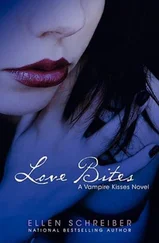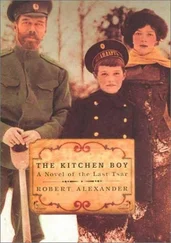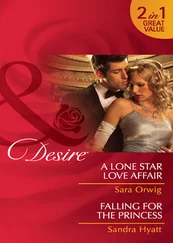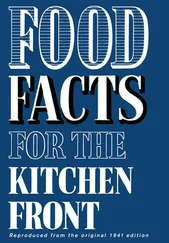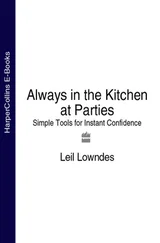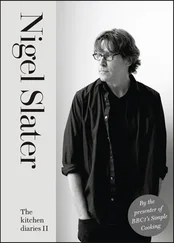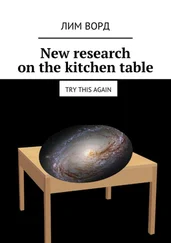I came across a robust hybrid in The Perfect Egg and Other Secrets by the designer Aldo Buzzi (oddly, the book does not contain much about eggs). Scrambled eggs Frankfurt-style is described as ‘more Olympian, Goethe-esque’ than the standard scrambled egg. This is pretty heady stuff at breakfast time, but I gave it a bash. You are directed to use one egg per person and one for the pan. They are whisked with a teaspoonful of water for each egg. Buzzi directs the reader to cook the eggs in ‘well-browned butter’ over a very low heat. A frying pan seemed to be the best utensil for this, since you have to ‘use a spatula to gently move the part that is setting while you make the still liquid part run on to the hottest part of the pan’. Turn off the heat when the eggs have achieved a very light set. The result is a cross between an omelette and scrambled eggs, though lighter and more liquid and glistening than either of them. I followed Buzzi’s suggestion of blending in ‘well-cooked pepper and tomatoes, in which case what you’ll have is a sort of Basque piperade’.
Mrs H was quite taken with it, though her praise came with reservation. ‘The tomatoes are nice and fresh, the peppers quite peppery. You’ve managed to capture the omelette-style scramble. Certainly worth bearing in mind for future, except…’
‘Yes?’
‘It might be better for supper than at seven thirty in the morning.’
Poacher’s pockets
After two decades of making poached eggs for Mrs H, I came to a sudden realisation. She can’t poach for toffee. I mean real poaching with eggs in a pan rather than using an egg poacher. She admits it herself. ‘My poached eggs are always rotten compared to yours. Don’t know why. One of the great mysteries of life.’
This is an unfortunate culinary omission considering the many admirable applications of the poached egg, a dish that provides its own sauce in a sachet. Hence the word ‘poach’, from the French poche (pocket). What could be nicer or simpler than poached eggs on buttered toast? They’re also splendid in a warm salad and in eggs Benedict, which happens to be one of Mrs H’s specialities. This is when the egg poacher makes an appearance.
Though some of us might look on this as cheating, it was a method advocated by Mrs Beeton. ‘To poach an egg to perfection is rather a difficult operation,’ she wrote. ‘So for inexperienced cooks, a tin egg-poacher may be purchased, which greatly facilitates this manner of dressing eggs.’ People in ancient Rome must have felt the same. A drawing of cooking equipment from Pompeii includes two utensils that look very much like egg poachers (one for four eggs, another for twenty-eight).
My objections to using the poacher involve danger (you are likely to scald your fingers when you remove the little pans from the saucepan), taste (the white of the steamed or buttered egg lacks the pleasing texture of a naturally poached white) and aesthetics. The perfectly round steamed egg is industrial in appearance. It is the kind of egg you get on an Egg McMuffin.
When I imparted my critique to Mrs H, she responded with a delicate yawn. She also pointed out that she never got scalded by the egg poacher because she has the gumption to turn off the gas before removing the egg, unlike others she could mention. However, she agreed that my orthodox version of the poached egg had the edge. Moreover, she expressed willingness to learn.
This reversal of our usual relationship in the kitchen did not prove to be a very happy experience, though we managed the first step of boiling a pan of water without dispute or mishap.
‘Get up a good boil,’ I pontificated, ‘then reduce the heat to a gentle simmer – no bubbles – and break an egg into a cup so we can gently introduce it into the water.’
‘What sort of cup?’
‘Just a cup.’
‘But what kind?’
‘What do you mean what kind? A cup from Buckingham Palace! Just get any old cup. Why are you so concerned about cups?’
What she was meaning, it turned out, was the size of cup. When I snatched down a half-pint mug, Mrs H rejected it and used a ramekin to introduce her egg into the water.
‘Aren’t you supposed to stir the water round so it forms a funnel for the egg?’
‘My funnels never last long enough. Just pour your egg in.’
After doing this, she peered sadly into the pan. ‘My egg is like a rolling blanket of fog. I told you it would spread.’
‘Never mind. Just get it out after four minutes.’
‘What with?’
‘I usually use the large slotted spoon.’
‘Where’s that?’
‘In the place where we keep slotted spoons!’
‘It’s not there.’
‘Grr!’
Eventually the slotted spoon emerged from its hidey-hole and Mrs H hauled out her dripping creation. ‘My poached egg isn’t anything like yours,’ she groaned. ‘Look at that yolk. Completely hard. Mind you, I had a hopeless instructor. You shouted at me.’
‘When did I shout?’
‘Buckingham Palace! Slotted spoon!’ She drew a small figure with black fringe, toothbrush moustache and upraised arm in my notebook. ‘How do you think you rated as a teacher?’ she continued. ‘I’ll tell you how many marks you got out of ten.’ Mrs H made an O with her forefinger and thumb and squinted at me through the hole.
I felt it was time to return to her poached egg.
‘It’s quite nice but a bit, er…’
‘Watery and all over the place, you mean. I’ve done them before and they’ve consistently spread. I can’t get them into a nice little lump like you.’
Then I did a poached egg.
‘See – that’s perfect,’ said Mrs H when I got it out. ‘It’s all nice and round. You can just tell the yolk is going to be perfect. How annoying.’
‘I think I might have given you some elderly eggs.’
‘You might blame the eggs, but I say rotten maker, rotten teacher.’
Still, I might have been even more demanding as a tutor. Considering the beautiful simplicity of a poached egg, it is remarkable how much complexity some experts have managed to bring to the topic. Culinary titan Joel Robuchon says you should boil your eggs in their shells ‘for exactly thirty seconds’ before chilling them in iced water and starting an orthodox poach. This is supposed to ‘firm up the surface edge of the white a bit’, but in my view it indicates a chef who has had a battalion of sous-chefs doing his poaching for him for years.
Michel Roux recommends that you fish your egg out of the pan after one and a half minutes and ‘press the outside edge to see if it is properly cooked’. The picture in his book resembles someone pressing home a point by prodding the waistcoat of a rotund gent. ‘Now, see here, Carruthers…’ If the egg is not sufficiently poached, you put it back in the water. Roux does not say if you have to do more waistcoat-prodding to the egg after its second appearance, though I presume so. Some recipes say that a three-minute boil is sufficient, though I’d advocate four minutes if you stick to a bubble-free simmer. A slotted spoon helps no end when it comes to extracting the egg. Scooping out your egg with an ordinary spoon means waterlogged toast. Some authorities suggest that you should rest the egg on a towel to dry off, rather like a holidaymaker on the beach.
Many recipes suggest a dollop of vinegar in the poaching water to help keep the egg together, but Mrs H doesn’t like the resulting vinegar tinge and she could be right. Anyway, a really fresh egg doesn’t need any assistance in coagulation. Culinary scientist Harold McGee dispenses with vinegar since it ‘produces shreds and an irregular film over the egg surface’. His solution is to pour off the thin white that causes poached egg untidiness before simmering, but I wouldn’t bother. Michel Roux advocates post-poaching tidying. ‘Trim the edges with a small knife to make a neat shape. This will also cut off the excess white that inevitably spreads during cooking.’ Trimming poached eggs strikes me as cheffiness. As Mrs H will confirm, I am not a great devotee of neatness.
Читать дальше


